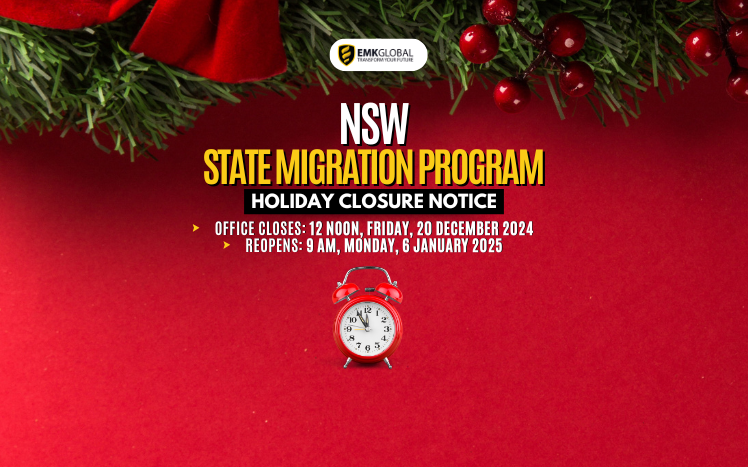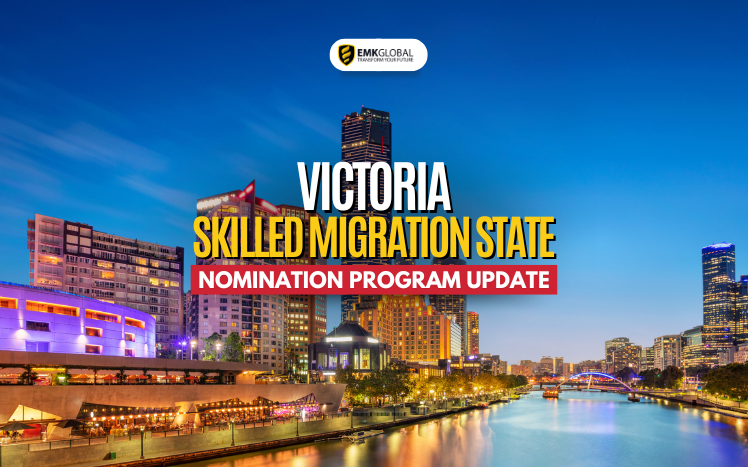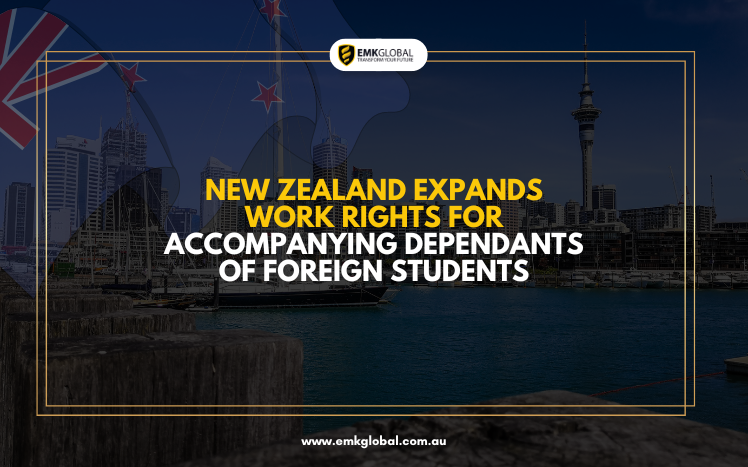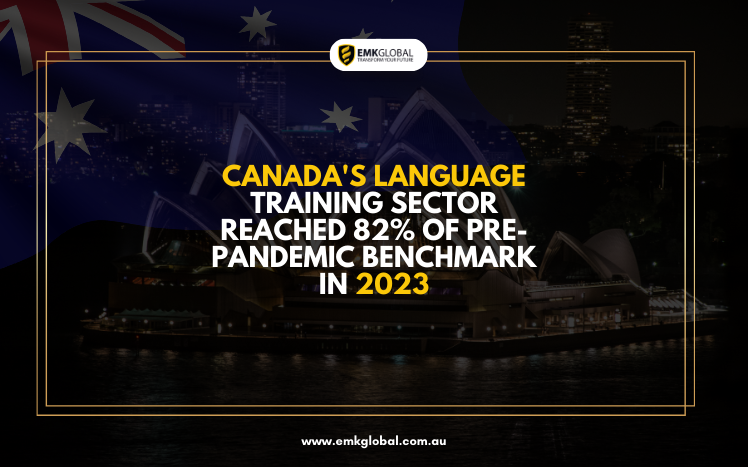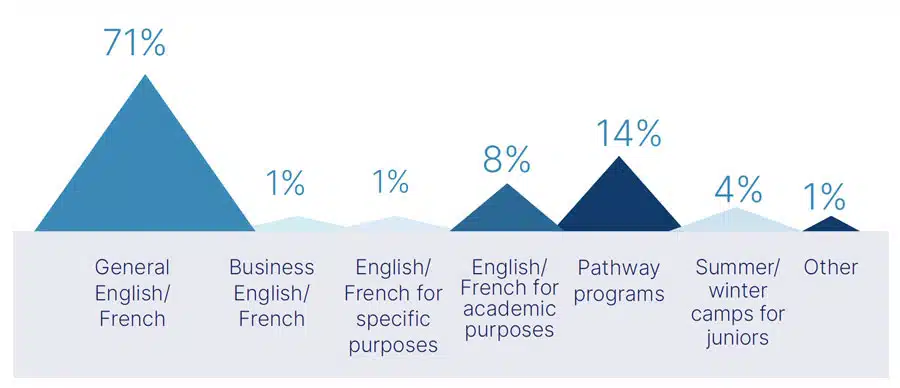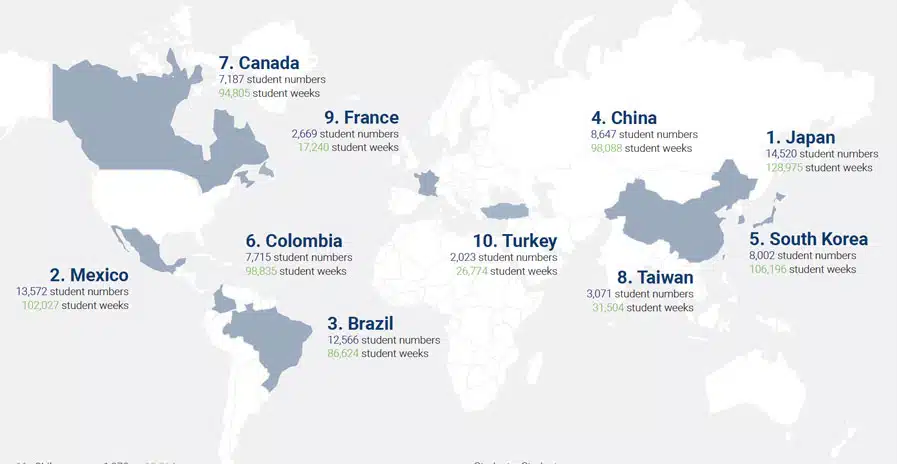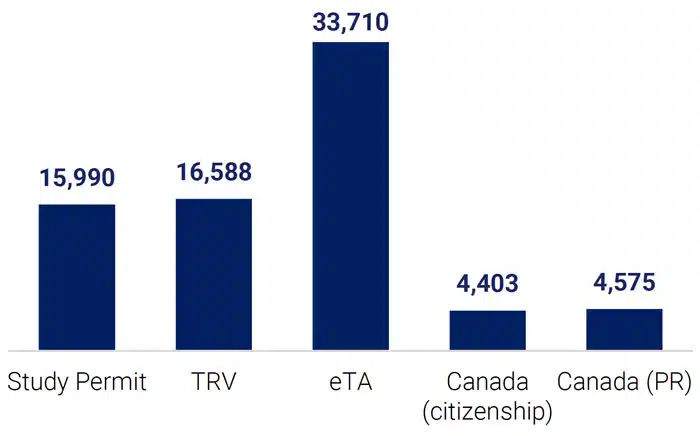The United Kingdom’s most recent international education strategy was released in 2019. It set a target of attracting 600,000 overseas students by 2030 – a threshold that was reached in 2020 – and of seeing the sector reach £35 billion in economic value by 2030. A new international education strategy is expected from government later this year.
Ahead of its release comes a new report from the International Higher Education Commission, an independent group of sector experts formed with the goal of establishing “a new ‘International Education Strategy 2.0’ in partnership with the Higher Education community.” The Commission’s latest contribution to that process arrived this week in the form of a comprehensive report, Towards a Future UK International Higher Education Strategy: Resilience, Purpose and Precision.
Developed under the chairmanship of Former Universities Minister Chris Skidmore, the report is meant to provide “a roadmap for government and the sector.”
“What might that future look like?” asks Mr Skidmore in his introduction to the report. “First and foremost, it will be forward-looking and purpose-driven. We need to ensure that international higher education isn’t just about achieving significant numbers, but also aligning with Britain’s broader economic, diplomatic, and educational objectives. A successful strategy will safeguard the critical importance of UK universities and secure Britain’s position as a global leader in higher education.”
Priorities for the next strategy
The Commission sets out a wide range of recommendations for policy makers and sector leaders, all of which are underpinned by a series of strategic priorities. They include the following.
A call for long-term planning. The Commission considers the 2019 strategy’s focus on headline growth numbers an error, and highlights the need for a “coherent, long-term plan
for international education.”
The need for policy certainty. The last two years have marked a period of tumult in policy making around international students in many destinations, including the UK. The Commission calls for greater clarity around policy intent – and around the Graduate Route post-study work rights policy in particular – in order to promote sustainable growth in foreign enrolment in the UK.
Promoting policy coherence and coordination within government. The Commission calls for “a joined-up approach to policy-making” via the formation of an international strategy group within government and with delegates from the Home Office, the Foreign, Commonwealth and Development Office and the Department for Science, Innovation, and Technology.
The drive for diversification. The report argues that diversification away from the current reliance on a small number of student markets is a key aspect of a more strategic approach to recruitment. It proposes coordinated and targeted campaigns to boost student numbers from a wider range of source countries.
Telling the story of international education. “We must much more clearly communicate the significant economic and social contributions of international students and that, in almost all cases, they leave after graduation, thereby differentiating them from broader migration narratives,” adds the report.
A call for data. There are some significant reporting lags and gaps across the UK in terms of international student data. In response, the Commission calls for a public-private sector data group to speed the collection and dissemination of student data and market insights.
Source: https://monitor.icef.com/




